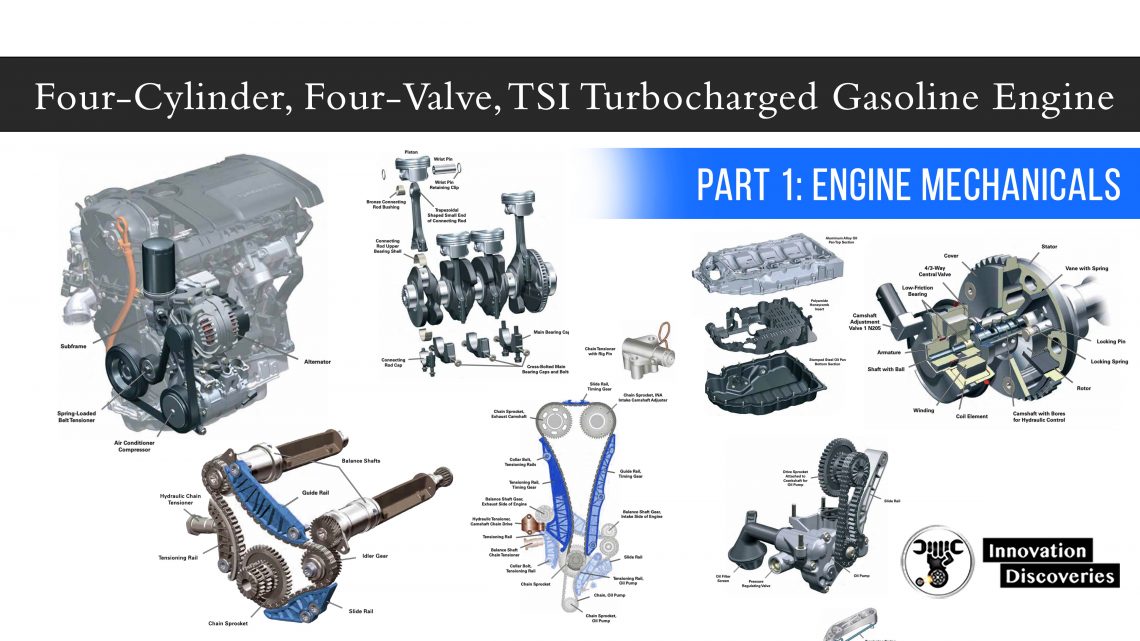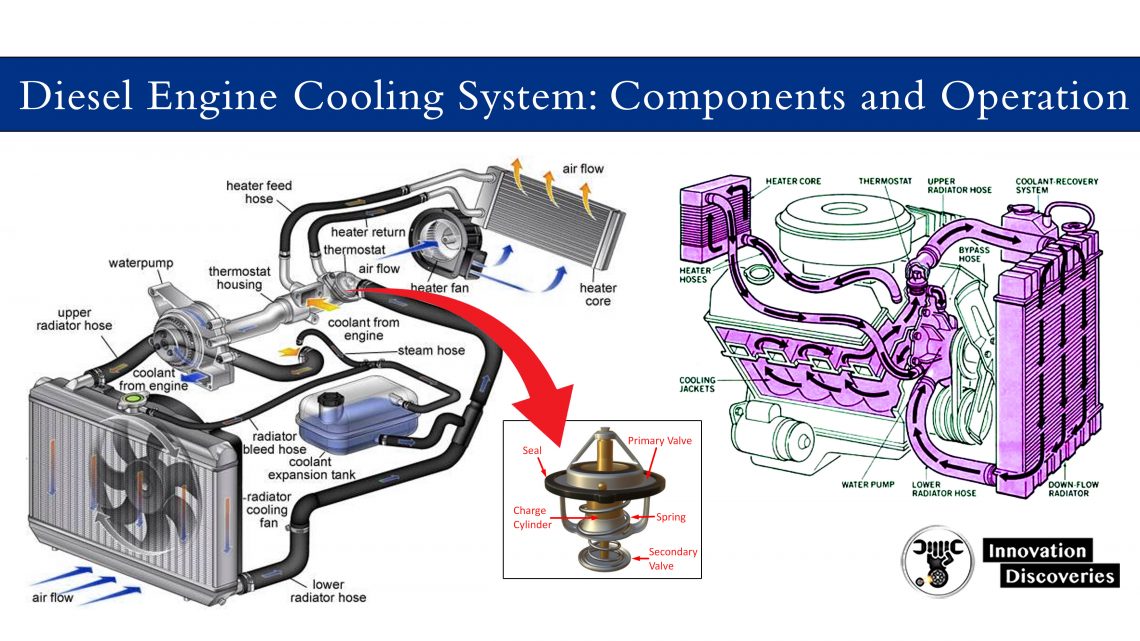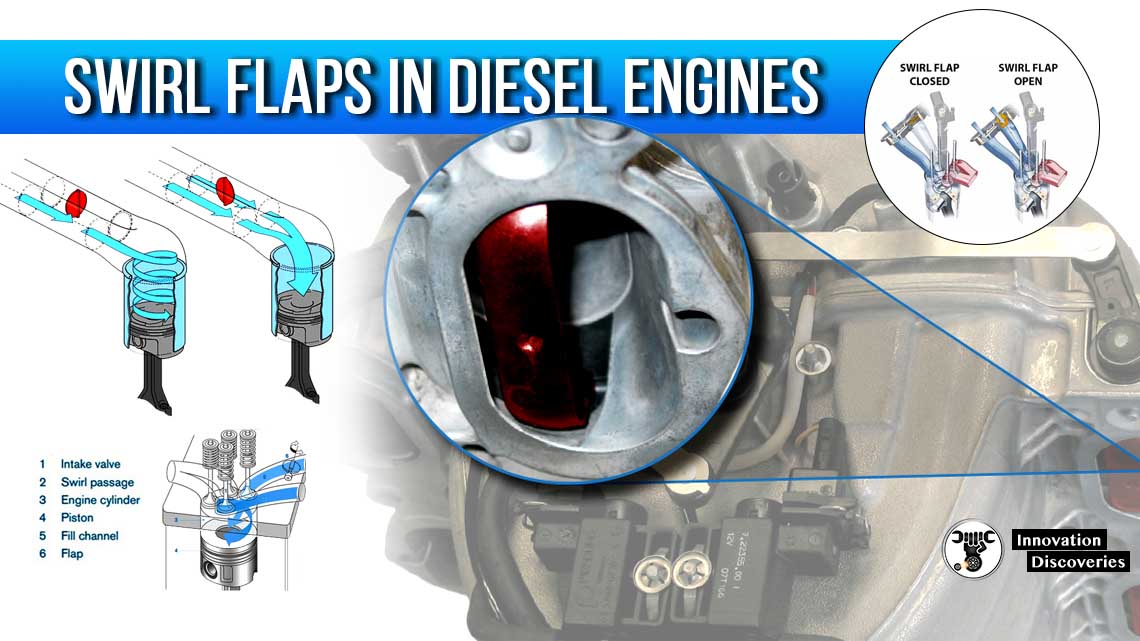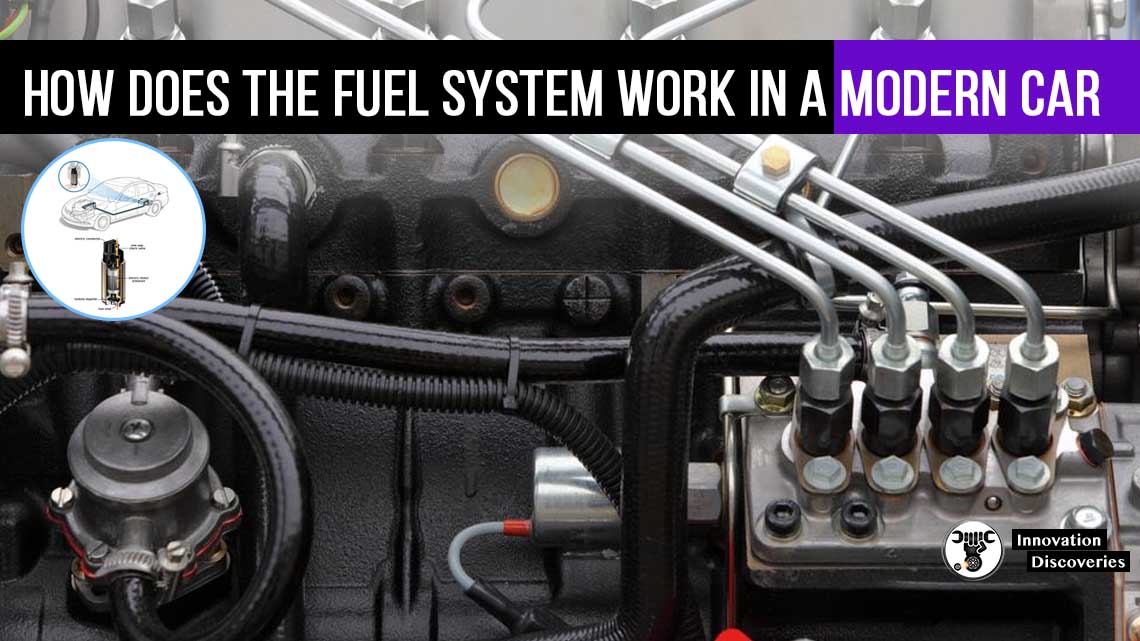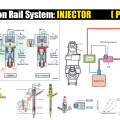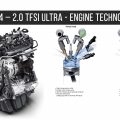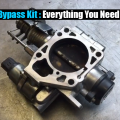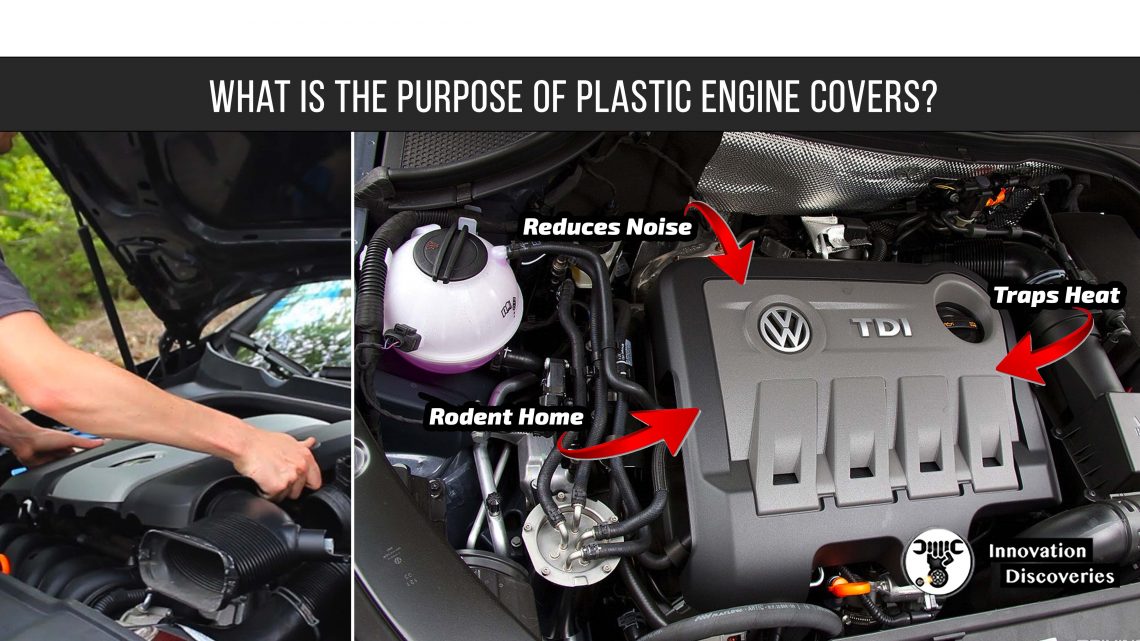
Under the bonnet of a modern vehicle, one thing you will notice is the usage of plastic over the engine.
But why do these plastic engine covers appear on every car? Why bother spending extra time and money to produce them?
This post will cover all of these questions.
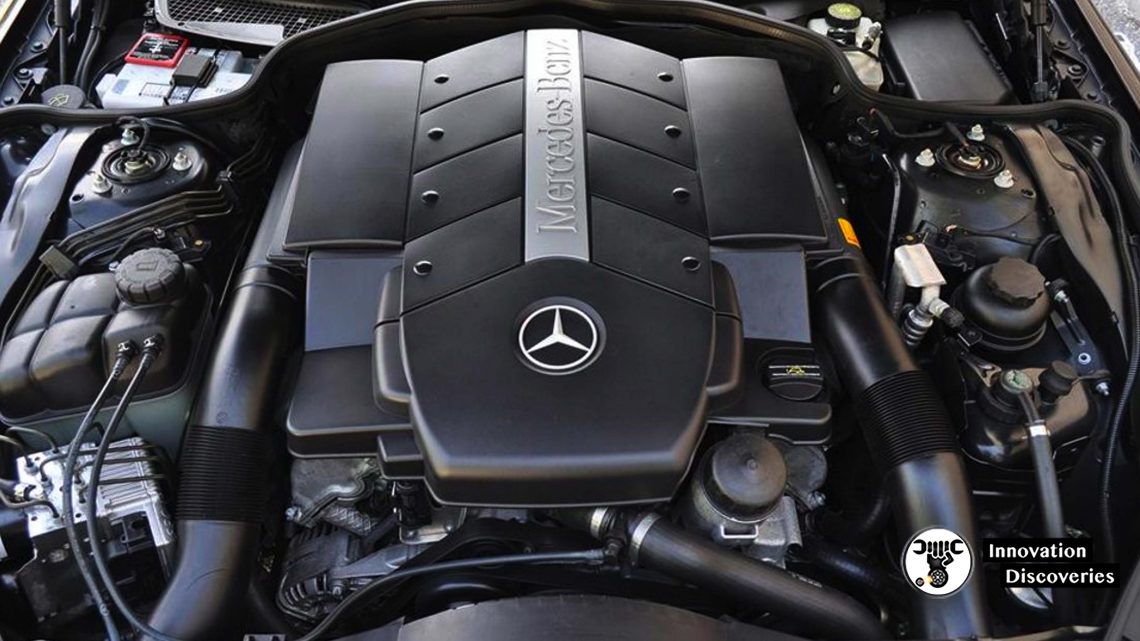
Under the plastic cover, we have fuel lines, spark plugs, fuel injectors, an alternator, and many other mechanical components.
It is exposed to elements from animals, and various objects on the roadway, such as speed bumps, and sidewalks, and is often quickly damaged.
Some professionals or amateurs obliterate it. However, its function is vital:
A plastic cover is used with an engine to serve the following purposes:
Protection:
Its primary role is to protect the engine’s lower crankcases and gearbox against shocks and rising water. 4x4s are particularly exposed and have metal covers.
Acoustics
It helps to soundproof the engine, by participating in its encapsulation, in association with the hood foams and plastic plates covering the engine.
Ventilation is little known, but its airflow control and cooling role are vital in many vehicle models.
The engine cover participates with other elements such as the front air intake, the cooling radiator, or the motor fans to establish a circulation path designed to optimize engine cooling.
Hydrocarbon recovery
Not all manufacturers are equal when it comes to the sealing of their powertrains.
The engine cover helps prevent “staining” oil loss on new or high-end vehicles parked in prestigious locations.
More:
1.)
A plastic engine cover hides wires and fuel lines while still making them quite easily accessible. A nicely dressed engine bay typically means that some components can be hard to reach for repair.
When you have a big piece of plastic hiding everything, you don’t have to worry about the looks—it is the cheapest way to keep the engine bay looking tidy.
This is equivalent to cleaning the mess off of your desk straight into the drawer – out of sight, out of mind.
2.)
The cover keeps fluids below the cover. In a car with high speeds, there is usually more oil splatter and coolant being thrown around, up on the hood, etc.
If you take the cover off, you will find some oil, grease, and/or dried coolant under it.
3.)
Plastics are easily manufactured to cover the complex engine shape, are lightweight, and are inexpensive.
So, these are the reasons for the use of plastic covers over engines. It is likely that in the future, engines are going to be tucked away even more and not accessible without specialized equipment.
Ensuring the longevity of the engine cover
As we have just seen, it is preferable not to remove this accessory.
Unfortunately, it is very exposed; it is often deteriorated and presents risks of tearing off other road users.
Before changing it, a few tips for preserving it.
Maintenance bits of advice
Be vigilant about its maintenance and monitor its condition. Systematically replace damaged or missing staples or fastening screws, or ask a professional to do so.
In case of cuts or tearing of a part of a plastic housing, reinforce it if possible by riveting a plastic or metal plate on the disjointed parts.
Replacing the engine cover
There are several possible solutions to replacing a used engine cover. The only universal supply point is the manufacturer’s network.
Advantages: supply, quality, and conformity of parts are ensured.
Disadvantages: The prices are often relatively high. Although prices vary according to the manufacturer, the average cost is around $250.
Some websites also offer engine caches:
Advantages: they are much cheaper, it is possible to find them for $90.
Disadvantages: the catalogue of references is limited.
The final solution is to get a second-hand engine cache:
Advantages: the price is generally low, ranging from $15 to $55.
Disadvantages: Here again, the supply is limited, and the engine covers are often destroyed by the vehicle’s accident or towing.
Discover More:
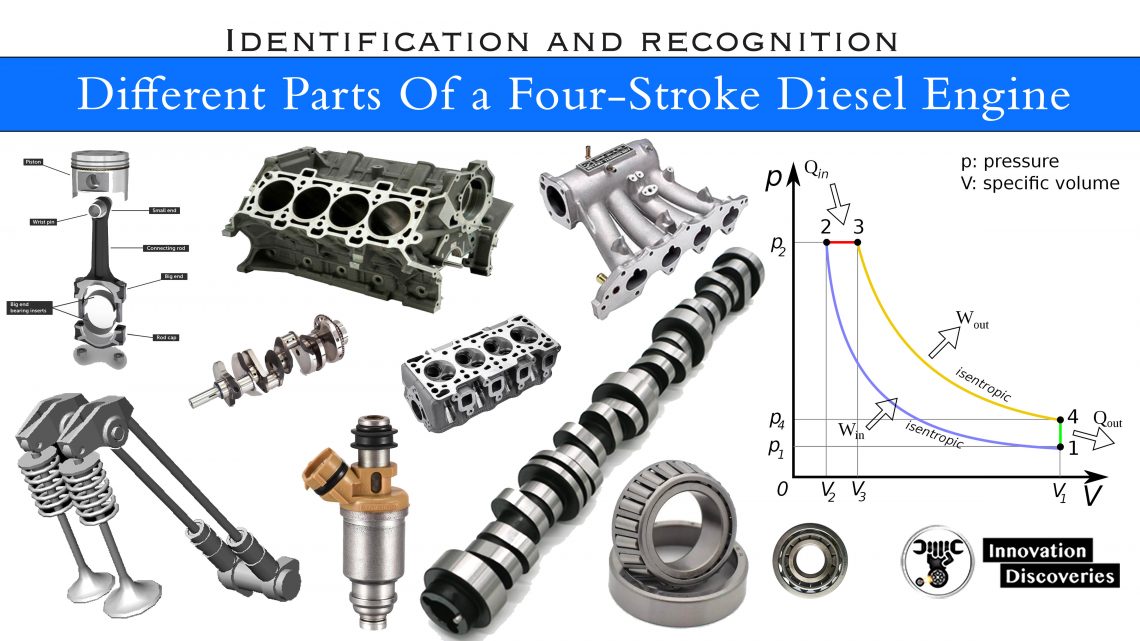
Visit Forum
Visit Our Friendly Website


